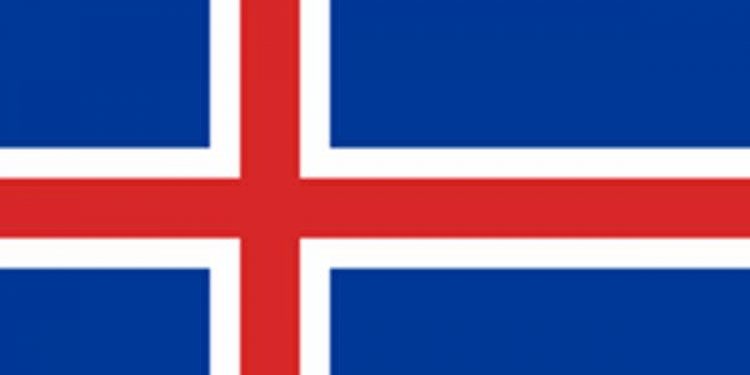MSC status – Certified as sustainable in 29 May 2014.
More about Atlantic herring
The target species for the fishery under certification is Atlantic herring Clupea harengus. It is one of the most abundant fish species in the world. Atlantic herrings can be found on both sides of the Atlantic Ocean, congregating in large schools. They can grow up to 45 centimetres in length and weigh more than 0.5 kilograms. Herring feed on copepods, krill and small fish, while their natural predators are seals, whales, cod and other larger fish. Atlantic herring (Clupea harengus) is a pelagic species, with stocks widely distributed throughout the north-east Atlantic, ranging from the Arctic Ocean in the north to the English Channel in the south. Young herring are typically found close inshore, in estuaries or in sea lochs, whilst adult shoals generally occur further offshore. Herring often travel large distances between spawning, nursery and feeding grounds. During daytime, herring shoals remain close to the sea bottom or in deeper water s – though this is not so in all cases. At dusk they move toward the surface and disperse over a wide area. The herring is a very tender and fragile fish with large and delicate gill surfaces and scales. It has a low level of pollution tolerance and it has retreated from many heavily impacted estuaries worldwide. It is this characteristic that enables herring to serve as a bio-indicator of cleaner and more oxygenated waters. The Norwegian-Icelandic spring spawning herring stock spawns along the coast of central Norway. Generally the larvae then drift to nursing areas along the coast of northern Norway, Russia and in the Barents Sea, where the juveniles stay until they are sexually mature at the age of 4 to 6. When mature, the herring undertake large scale feeding migrations to the waters north and east of Iceland. During winter the stock condenses into large schools in the waters east of Iceland and during the spring it moves back to the Norwegian spawning grounds. This pattern does however vary according to changing oceanographic conditions, stock size and stock composition.
The Icelandic summer spawning herring is different from the Norwegian-Icelandic spring spawning stock as this stock is a coastal stock and does not leave Icelandic waters. It also differs in that it spawns in July.
More about the fishing methods
Pelagic trawls are towed at the appropriate level in the water column to intercept target shoals, with gear depth being controlled by altering towing speed and/or warp length. The horizontal opening is maintained by mid-water pelagic trawl doors whilst the vertical opening is normally maintained using a chain weighted groundline and floatation attached to the headline. The trawl used by the Icelandic pelagic fleet is designed and rigged to fish in midwater, including in the surface water and is therefore not designed to come in contact with the seabed, and any inadvertent contact is extremely rare – and would risk causing expensive damage to the net. The large net (considerably larger than a demersal trawl net) consists of a cone shaped body, ending in a codend with lateral wings extending forward from the opening. Large mesh in the wingends of the forward moving trawl herd the fish before tapering to finer meshes in the square, belly and eventually the cod end. Larger mesh fitted to the front of the net is intended to facilitate the escape of small fish and also pelagic invertebrates such as jellyfish, which have the potential to be impacted by pelagic fisheries.
Purse seine fishing is a specialised operation that involves encircling dense schools of herring with a seine net. Herring are often fished at night time when they may form denser schools close to the surface of the water and within range of the purse seine gear which is restricted to fishing the very upper layers of the water column. Once encircled, the two ends of the gear are held aboard the vessel while the purse wire that is attached to the bottom of the net is winched tight, thereby closing the bottom of the net and forming a purse within which the catch is now held. Using a power block, the net is then slowly brought aboard in order to reduce the submerged volume of the seine and better concentrate the fish for the purpose of pumping them aboard the vessel. In order to be effective, purse seining requires that fish form dense aggregations on or close to the surface of the water.
Fishery tonnage
Atlanto-Scandian herring: 37 717 MT
Icelandic summer spawning herring: 20 000 MT
Commercial market
Main markets are within EU, Poland and France, East Europe to Ukraine, Russia and Belarus and Africa with Nigeria as biggest market. Fishmeal and Fish oil goes to feed producers, mainly in West Europe.
FiskerForum.com









